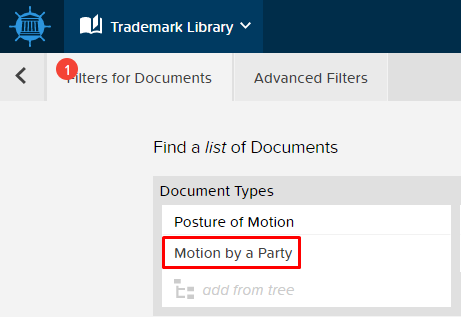TRAINING TIP #24
What is a “posture of motion” filter and how is it useful?
Knowing what a “posture of motion” is and how it affects your search results is a game changer for any legal researcher. This knowledge is especially crucial when creating statistics, like in Motion Success charts. For example, if you create a chart that shows the grant rate of motions for permanent injunction, but don’t specify a posture of motion, there is no way to know if the statistics were based on motions that the parties agreed to, or disputed. This is critical because typically if the parties agree to an injunction between themselves, the court is more likely to agree as well. But if the parties don’t agree, the court’s decision is less predictable.
“Posture” indicates the procedural status or process in effect when presenting a motion or request to the court or agency. In essence, posture indicates how a motion is “teed up” to the court.
In general, it’s not helpful to group both stipulated motions and disputed motions into the same Motion Success chart. To keep them separate, simply add a posture of motion filter. For contested motions, add a “motion by a party” posture. For stipulated motions, add a “stipulated/agreed” posture.

Understanding this one small distinction will set your results apart, and you’ll be able to explain how the results are more useful for decision making.
To learn more about filters like this one, go to the help guide:
https://search.docketnavigator.com/help/terminology/targets.html
